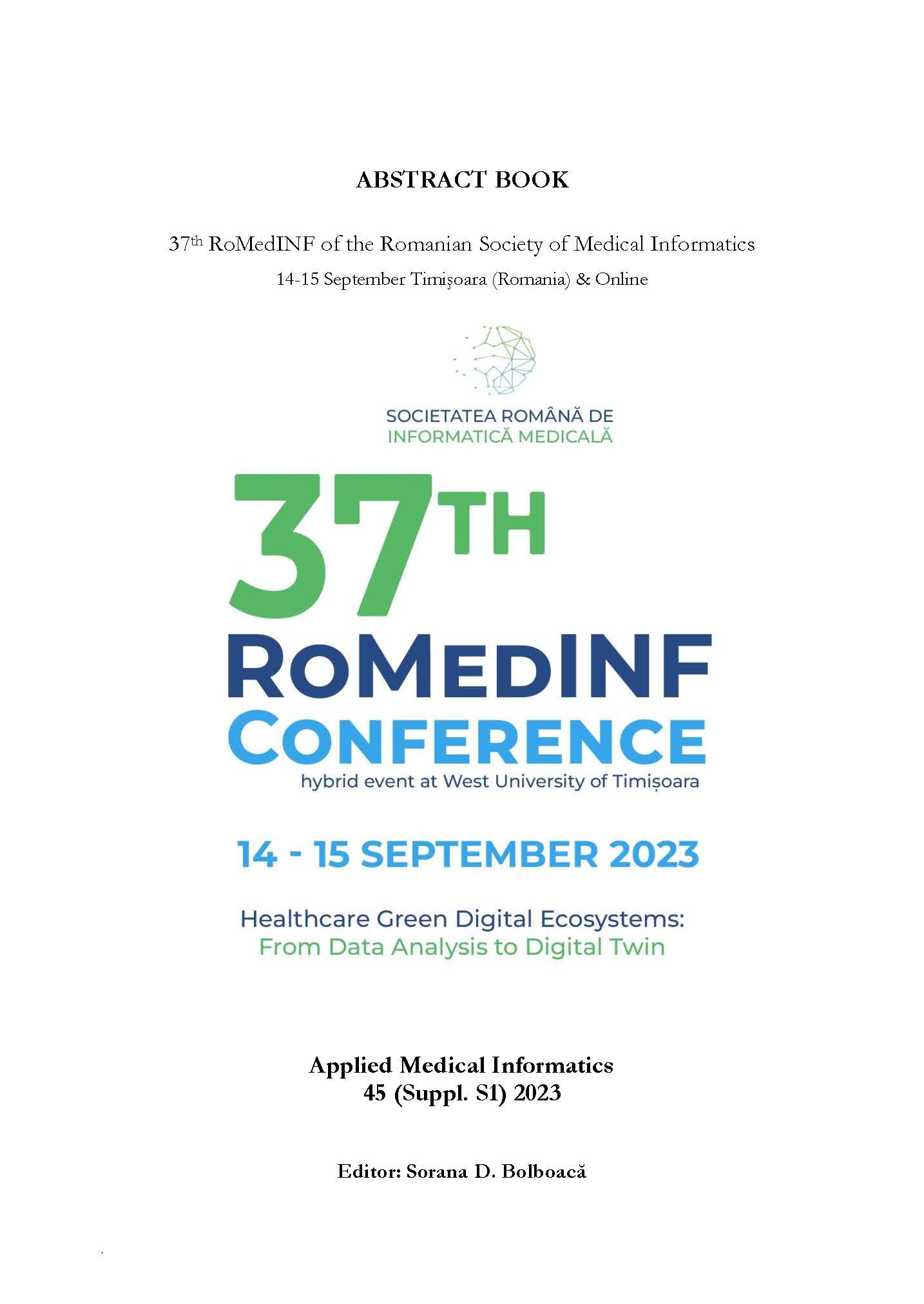Development of Copper Nanoparticles Based Antimicrobial Coatings Mediated by Zingiber Officinale to Combat Antimicrobial Resistance
Keywords:
Copper, Nanoparticles, Antimicrobial resistance, Antibacterial coatingsAbstract
Novel antimicrobial agents with better functionality and multitarget modes of action are needed to combat the global rise in antibiotic resistance in bacteria. Copper nanoparticles (CuNPs) have been found to be efficient against many bacterial strains. Thus, combining CuNPs with antibiotics might provide a new approach for designing CuNPs-based antimicrobial drugs. This work is designed to produce CuNPs utilizing ginger rhizome extract as a capping and reducing agent and to evaluate their antibacterial, antioxidant, and antileishmanial properties. The biosynthesized CuNPs were physiochemically characterized by using UV-visible spectroscopy, Fourier transform infrared spectroscopy, X-ray powder diffraction, energy-dispersive X-ray spectroscopy, and scanning electron microscopy. Agar well diffusion assay, disc diffusion assay, free radical scavenging assay, and MTT assay were employed to determine the antibacterial, antioxidant, and antileishmanial potential of CuNPs. The successful contact between microbial cell membrane and CuNPs was thought to account for the microbial cell membrane leakage and thus CuNPs were found effective in inhibiting the growth of both gram positive and gram-negative bacteria including Proteus vulgaris, Pseudomonas aeruginosa, Escherichia coli, Staphylococcus epidermidis, and fungus Candida albicans. As determined by the size of inhibition zones, the maximum antibacteril activity was observed against Staphylococcus epidermidis (28.12±1.7 mm) and the minimum against Pseudomonas aeruginosa (11±0.5 mm). CuNPs have been demonstrated to have a synergistic impact in the suppression of bacteria when combined with broad and narrow spectrum antibiotics such as Ciprofloxacin, Gentamicin, Vancomycin, and Ceftriaxone etc. Furthermore, the significant antioxidant and antileishmanial properties make the CuNPs a multifunctional agent to be used in therapeutics. It is concluded that CuNPs have the potential to be used as antimicrobial agent in the development of alternatives to commercially available antibiotics and antibacterial coatings for medical implants to reduce the chances of infections.
Downloads
Published
How to Cite
Issue
Section
License
Copyright (c) 2023 A ABDULLAH, Katarzyna KRUKIEWICZ

All papers published in Applied Medical Informatics are licensed under a Creative Commons Attribution (CC BY 4.0) International License.

